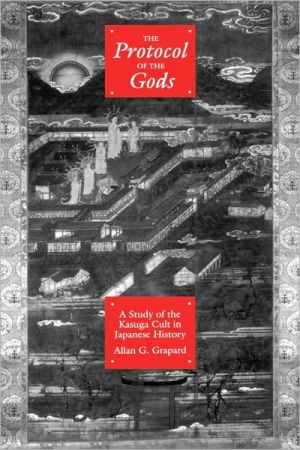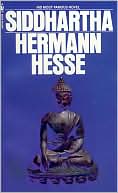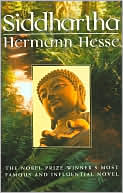The Protocol of the Gods: A Study of the Kasuga Cult in Japanese History
The Protocol of the Gods is a pioneering study of the history of relations between Japanese native institutions (Shinto shrines) and imported Buddhist institutions (Buddhist temples). Using the Kasuga Shinto shrine and the Kofukuji Buddhist temple, one of the oldest and largest of the shrine-temple complexes, Allan Grapard characterizes what he calls the combinatory character of pre-modern Japanese religiosity. He argues that Shintoism and Buddhism should not be studied in isolation, as...
Search in google:
The Protocol of the Gods is a pioneering study of the history of relations between Japanese native institutions (Shinto shrines) and imported Buddhist institutions (Buddhist temples). Using the Kasuga Shinto shrine and the Kofukuji Buddhist temple, one of the oldest and largest of the shrine-temple complexes, Allan Grapard characterizes what he calls the combinatory character of pre-modern Japanese religiosity. He argues that Shintoism and Buddhism should not be studied in isolation, as hitherto supposed. Rather, a study of the individual and shared characteristics of their respective origins, evolutions, structures, and practices can serve as a model for understanding the pre-modern Japanese religious experience.Spanning the years from a period before historical records to the forcible separation of the Kasuga-Kofukuji complex by the Meiji government in 1868, Grapard presents a wealth of little-known material. He includes translations of rare texts and provides new, accessible translations of familiar documents.
List of Maps, Figures, Diagrams, and TablesAcknowledgmentsA Note on Japanese Names and TermsIntroduction1The Study of Japanese Cultic Centers3A Morphology of Cultural Systems11Organization of the Book131The Creation of the Ceremonial Center15The Ceremonial Center19The Ujidera Phenomenon20The Creation of the Kasuga Shrine25Enigmatic Identities29The Organization of the Shrine44The Creation of the Kofukuji48Ceremonies and Ritual Assemblies of the Multiplex57Ideation - Only at the Kofukuji64Constructs of the Mind682Kasuga Daimyojin: Protector Or Ruler?71The Jinguji Phenomenon72Associations between Kami and Buddhas/Bodhisattvas74The Kasuga Associations82Kasuga Daimyojin93From Ceremonial Center to Sacred City97The Medieval Organization of the Kasuga Shrine100The Medieval Organization of the Kofukuji106Economic Considerations114Governance and Police1163Protocol: The Sociocosmic Organon119The Procedural Imperative119The Territorial Imperative123The Sacred Tree: Growth of Ritualized Violence137The Price of Time Renewed141The Ritual Imperative: Rites of the Sacred City148Echoes of Camphorated Maritime Music151The Kasuga Grand Rite155The On-matsuri: A Provincial Matter157Aesthetics and Ethics: Pleasurable Visions167Daijo-in Jisha Zojiki: The World of the Monzeki1714The Experience of Transcendence in Kasuga186The Sacred Space of the Shrine187Sociocosmic Inscription in Space197Orientation of Human Beings in Space200Kasuga, a Cosmology Embodied in Nature202Buddhist Cosmography and Cosmology203Buddha Land206The Combinatory Process208Pure Land and Sacred Province216The Experience of Time in Kasuga219Space, Time, Ritual, and Performance227Ideation - Only, and a Few Other Things2295From Cult to Cultural Revolution237A Benevolent Ancestor237Political Expediences241Early Marks of Dissociation2441868: The Year of Cultural Transvestitism249Is Kasuga a Model for All Japanese Multiplexes?256Notes259Bibliography279Index287








